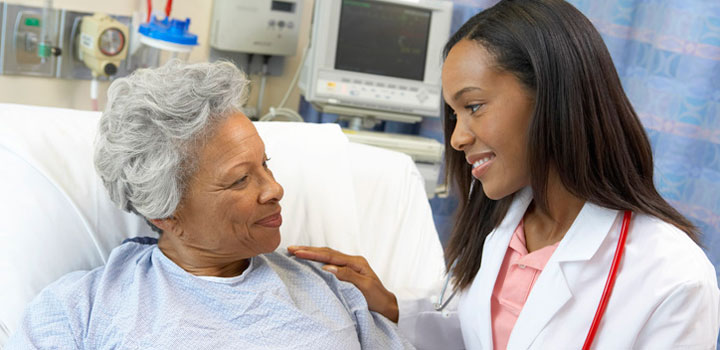Metal Detectors and Implant Cards
All patients who have undergone total joint replacement receive a metallic implant card. The purpose of this card is to identify the patient as having an implant and also to provide information regarding the need for taking antibiotics after total joint surgery.
While most patients have no trouble passing through metal detectors after total joint surgery, several patients have reported triggering the alarm. By carrying the implant card this assists you in being identified as having a total joint replacement.


